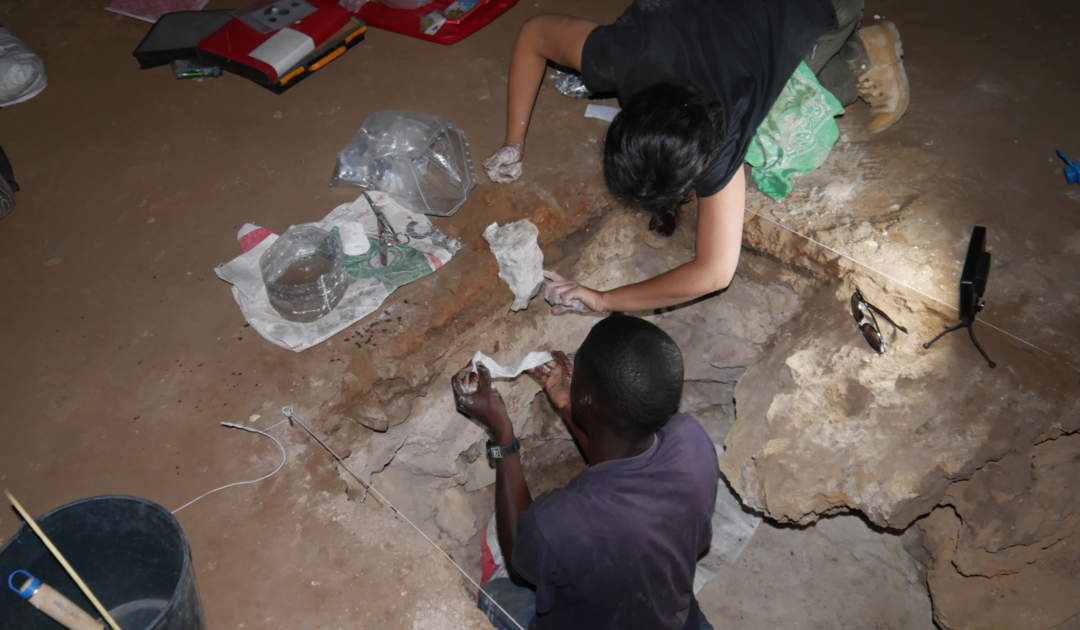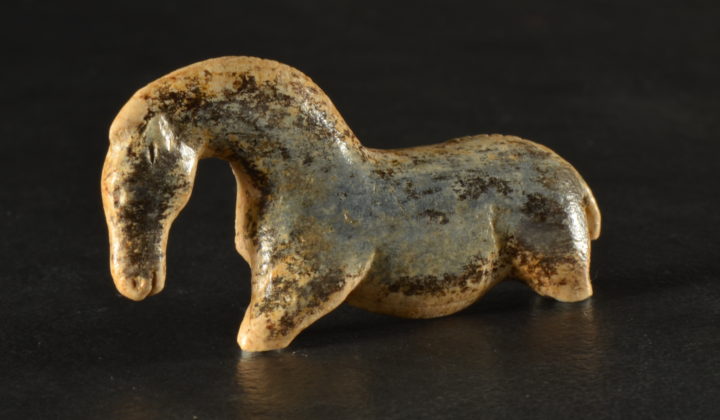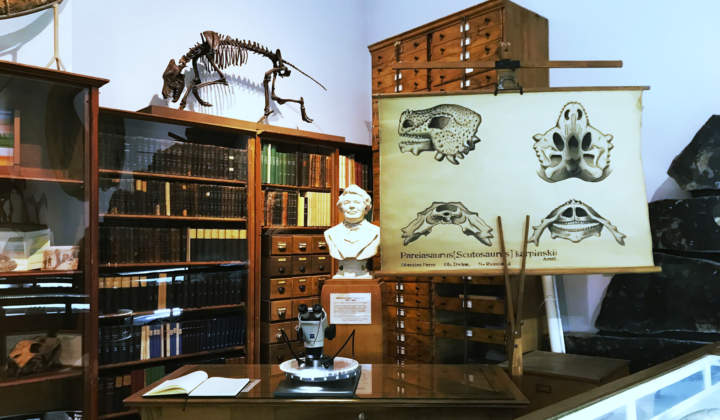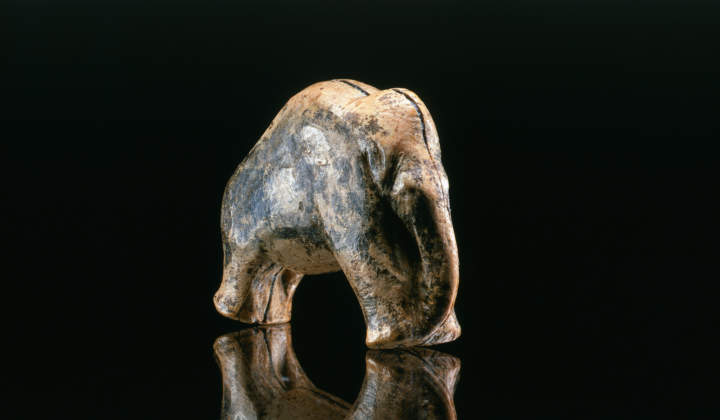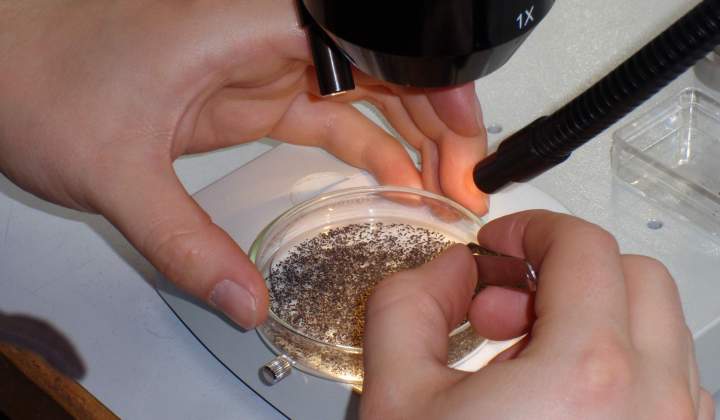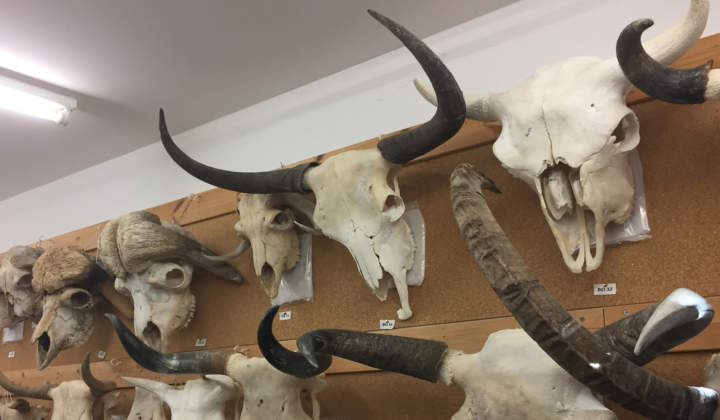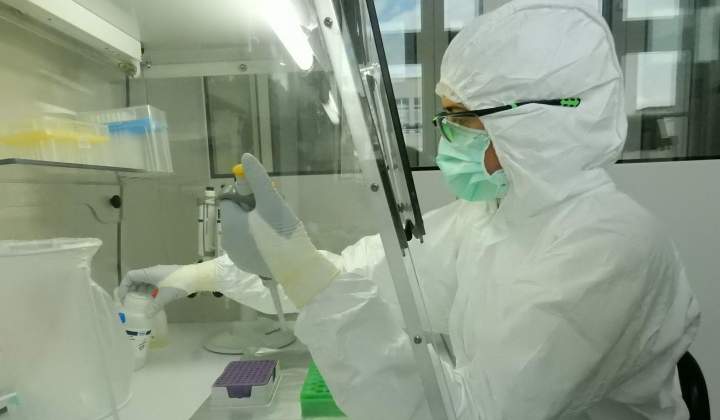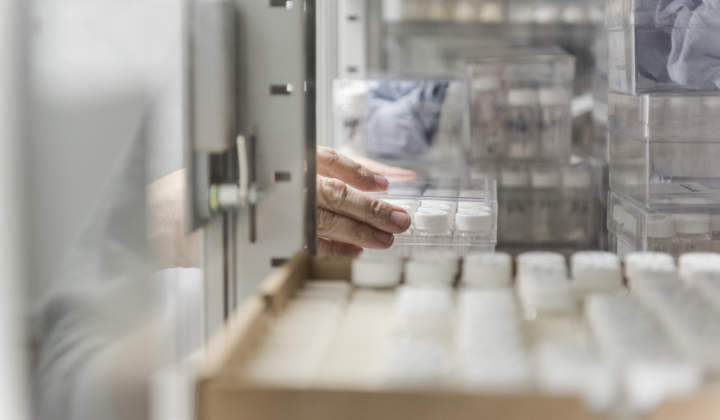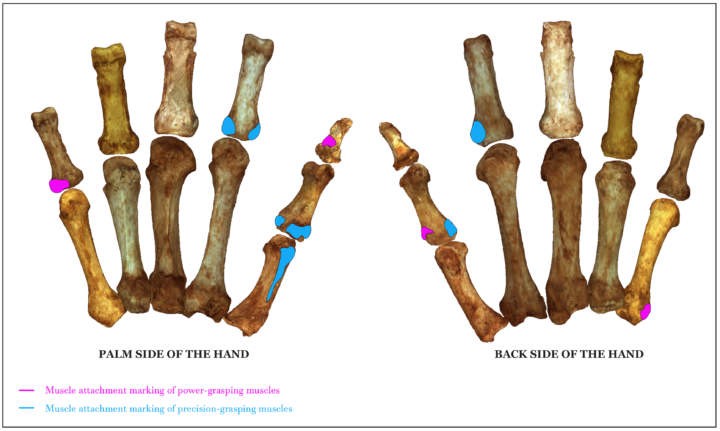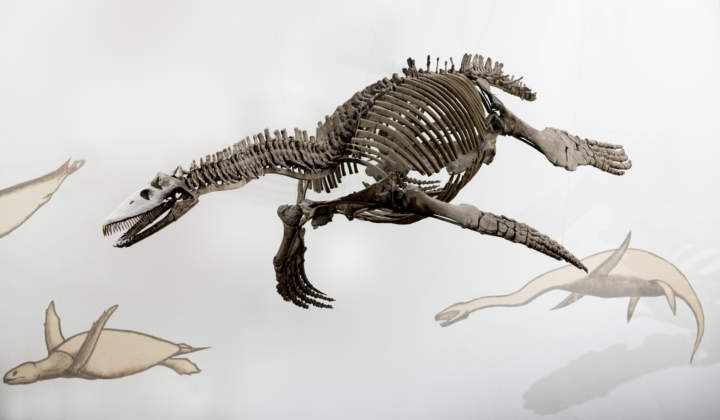Senckenberg Centre for Human Evolution and Palaeoenvironment
Geoarchaeology
The Geoarchaeology Working Group studies the interaction between humans and the geosphere in the past. We are interested in understanding how environments and landscapes influenced the evolution of human behavior and culture and how human adaptation and innovation allowed people to modify their surroundings.
Members of the Geoarchaeology Working Group address these research goals through fieldwork conducted on all inhabited continents and on all time periods, ranging from the Lower Paleolithic to the Iron Age. Our group is particularly focused on studying sites related to 1) the emergence of behavioral modernity, 2) human biogeographic expansions into Europe, Asia and the New World, and 3) the development of behaviors related to fire-use, sedentism, and animal domestication.
In addition to fieldwork, our group uses several laboratory-based techniques to study human-geosphere interactions. Much of our laboratory analyzes focus on the study of archaeological deposits using microscopic techniques. This approach, known as micromorphology, employs intact blocks of sediment which have been indurated with polyester resin and subsequently thin sectioned. Dip.Ing.Panagiotis Kritikakis produces the thin sections in our in-house thin sectioning laboratory. We analyze the samples in our microscopy laboratory which has a suite of petrographic microscopes. Additionally, the organic petrology laboratory in the working group specializes in reflected-light and fluorescence microscopy for the analysis of organic-rich sediments and raw materials (i.e., jet and oil shale). We are also able to digitally document our samples using a high-resolution scanner. Other digital techniques that we regularly employ include high-resolution 3D documentation of archeological sites and profiles using photogrammetry (structure-from-motion).
The Working Group is at the forefront of developing novel applications of microanalytical techniques in the field of geoarchaeology. Our microanalytic laboratory, headed by Dr. Susan Mentzer, contains a FTIR bench (Cary 660, Agilent) attached to a microscope with integrated ATR and a μXRF (M4 Tornado, Bruker). Additionally, the group has two portable FTIR spectrometers (Cary 630, Agilent) which can be taken into the field.
The Geoarchaeology Working Group is also responsible for curating the Geoarchaeology collection which, with over 15,000 objects, is the largest of its kind worldwide. The collection contains material collected from around the world by Senckenberg and Tübingen researchers as well as materials donated by Drs. Paul Goldberg and Richard MacPhail. The collection contains both archeological and reference materials.
